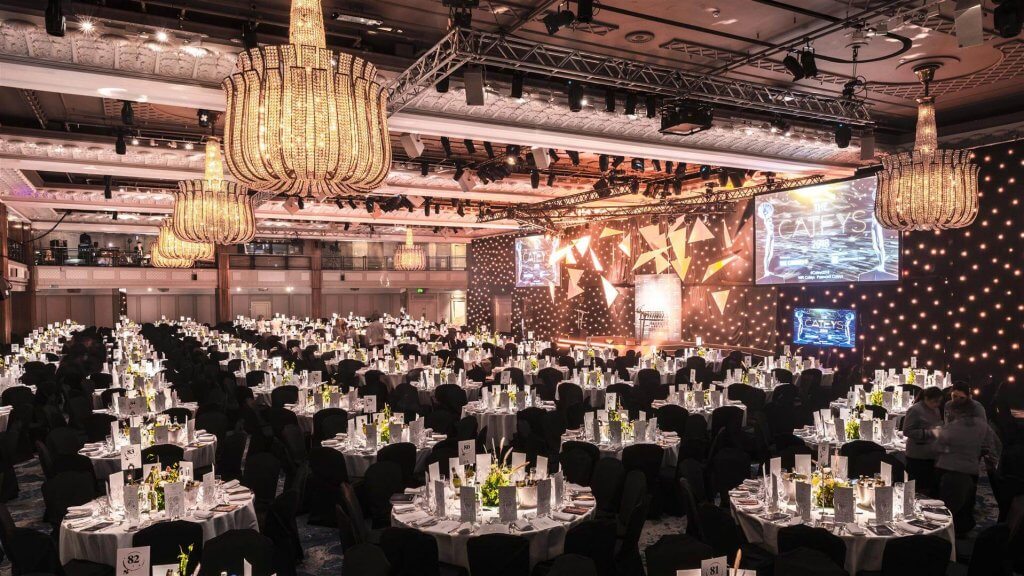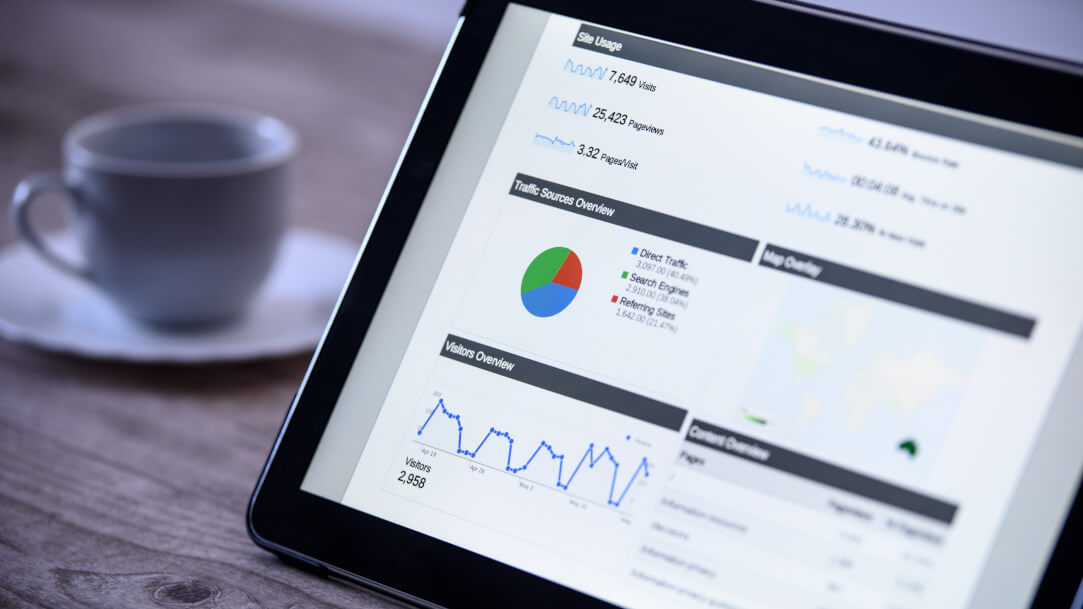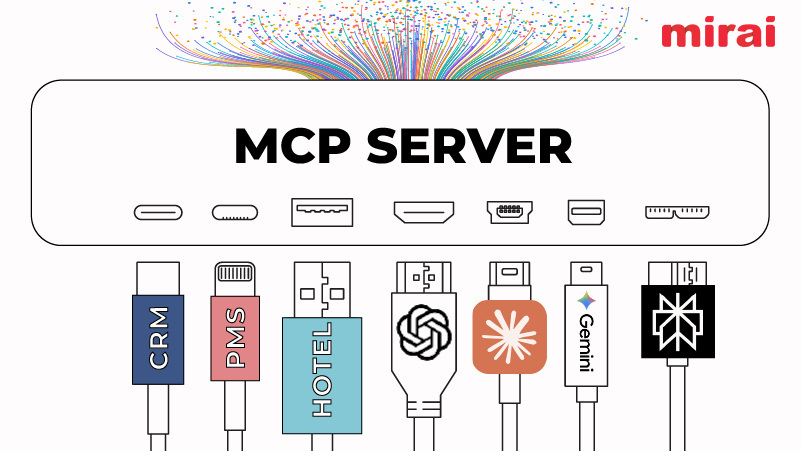
To maximize M&E revenue, the industry needs fresh perspectives and modern KPIs reflecting delegate-based data.
NB: This is an article from Demand Calendar
Subscribe to our weekly newsletter and stay up to date
Properties can better gauge actual occupancy and revenue potential by focusing on how many delegates attend and how they spend across the hotel. In the sections that follow, we’ll introduce new methods – such as Full Day Delegate (FDD) and advanced pricing metrics – that help hotels escape the limitations of traditional meeting room occupancy figures and unlock new avenues for driving profits.
Rethinking Capacity: FDD (Full Day Delegate)
Traditional Capacity Measures
- Limitations of Physical Room Metrics
When hotels measure meeting room occupancy solely by the number of rooms used or total square footage, they often miss the bigger picture. In many properties, it’s not the physical space that determines profitability – it’s the number of delegates and their combined spending power.
For instance, consider a hotel that hosts:
- One group using a large meeting room from 8 a.m. to 5 p.m. (full day) with 80 delegates
- Another group occupies a smaller room from 9 a.m. to 1 p.m. (half day) with 40 delegates.
- A third group meeting for three hours over lunch, bringing 30 delegates
- A fourth group using the space in the evening, 6 p.m. to 9 p.m., with 60 delegates
If you only track the number of rooms “occupied,” you ignore whether the rooms are used for a few hours or all day and whether the delegates bring substantial F&B or ancillary revenue. Depending on factors like upgraded meal packages, overnight stays, or additional services, a single group using a space for eight hours might generate more revenue than multiple smaller groups combined – or vice versa.
This disconnect stems from the diverse revenue streams tied to different types of events. A short, high-end meeting could yield a strong profit if the delegates purchase premium amenities, whereas a large, full-day event might have a lower spend per person. Without a robust way to capture time usage and delegate spending, hoteliers risk making decisions based on incomplete or misleading data, ultimately undermining their efforts to optimize Meetings and events revenue.
What Is FDD?
From FTE to FDD
Most hoteliers are already familiar with FTE (Full-Time Equivalent), which is calculated by summing all hours worked and dividing by the annual hours that define a single full-time role. FDD (Full Day Delegate) applies the same logic to meetings and events. Instead of just counting rooms or square footage, you quantify how many hours each delegate spends in your meeting space and convert it into “full-day” units.
Defining the Hotel’s Full Capacity
Before calculating FDD, you must define when the meeting space is available and the comfortable capacity for each room. For example, let’s say your property has five meeting rooms that comfortably accommodate 80, 50, 20, 20, and 10 delegates, respectively – adding up to 180 delegates in total. If your meeting space is available from 8:00 a.m. to 6:00 p.m., you have 10 hours of potential usage. Multiplying 180 delegates by 10 hours gives you a theoretical maximum of 1,800 delegate hours, which translates to 180 FDD if one “full day” is defined as 10 hours.




